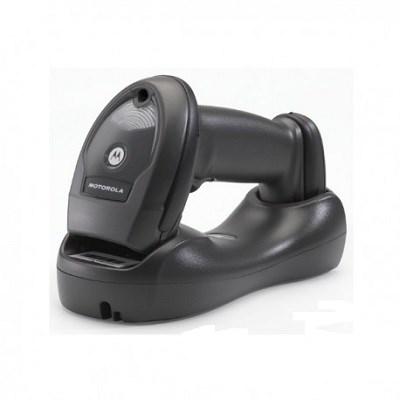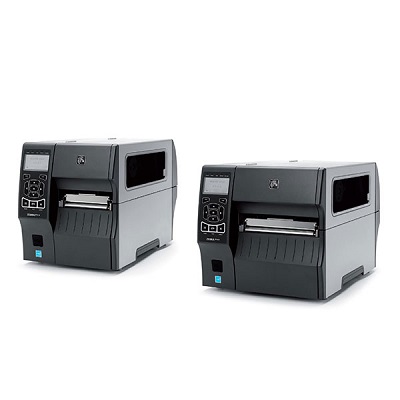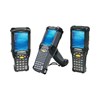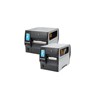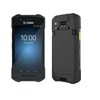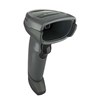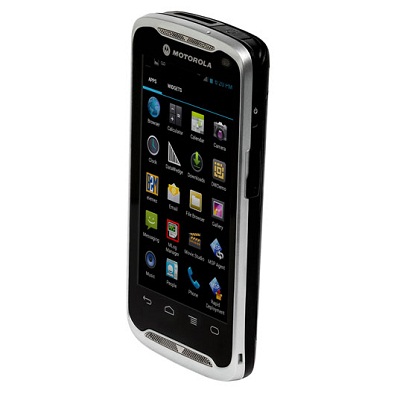
Barcode Scanner LI4278
The LI4278 takes 1D bar code scanning to the next level, allowing workers to scan faster and farther as they can capture virtually any 1D bar code. Built for all day and everyday use, the LI4278 offers cordless freedom with Bluetooth compatibility. It also offers better encryption for improved security and better overall wireless performance. The LI4278 is backward compatible with its key accessory — the cradle — which works with its cousins, the LS4278 and DS6878. Superior battery power management delivers the largest number of scans per battery charge to support scan intensive applications. You can use it in dusty and wet environments and it can survive a 6 foot/1.8 m drop.
Download Attached File:
Features and Benefits
Excellent 1D scanning performance
Delivers superior scanning speed and a wide data capture range
Captures virtually all 1D bar codes on any surface — including mobile phone displays
Capture labels printed on traditional paper labels as well as mobile bar codes that may be displayed on a mobile phone, tablet or computer screen
Wide working range
Reads UPC barcodes from 1 in./2.54 cm to 30 in./76.2 cm as well as high density codes at extended ranges for application flexibility
Superior motion and angular tolerance
Bar codes can be captured faster, and there is no need to pause between scans or align scanner and bar code
Built-in rechargeable battery
Provides largest number of scans per charge – easily provides a full day of service in the highest usage profiles; replaceable battery ensures long lifecycle
Compatible with 123Scan2 and Remote Scanner Management (RSM)
Dramatically reduces management time and cost, from initial configuration to day-to-day management
Withstands 100 consecutive drops to concrete
Protects against downtime from breakage due to everyday drops
Flexible mounting — vertical or horizontal
Desktop cradle provides versatility to accommodate your unique environment
Bluetooth 2.1
Provides better security, better performance, better energy management and much easier pairing over the Bluetooth wireless connection
Backward compatible
Works with LS4278 cradles, providing a very cost-effective upgrade path
Physical Characteristics | |
Dimensions | 3.84 in. H x 2.75 in. W x 7.34 in. L 9.8 cm H x 7 cm W x 18.6 cm L |
Battery | Rechargeable replaceable battery with ‘green sustainability’ |
Color | Black; White |
Weight (w/o cable) | 7.9 oz./224 grams |
Operating Characteristics | |
Scan Pattern | Single bright aiming line |
Light Source | LED Class 1 device 617nm (amber) |
Motion Tolerance | 25 in./ 63.5 cm per second |
Cradle Interface | RS232, RS485 (IBM), USB, Keyboard Wedge |
Scan Speed | 547 scans per second |
Roll | +/- 45o |
Pitch | +/- 65o |
Yaw | +/- 65o |
Decode Capability | UPC/EAN: UPC-A, UPC-E, UPC-E1, EAN-8/JAN 8, EAN-13/JAN 13, Bookland EAN, Bookland ISBN Format, UCC Coupon Extended Code, ISSN EAN Code 128 Including GS1-128, ISBT 128, ISBT Concatenation, Code 39 including Trioptic Code 39, Convert Code 39 to Code 32 (Italian Pharmacy Code), Code 39 Full ASCII Conversion Code 93 Code 11 Matrix 2 of 5 Interleaved 2 of 5 (ITF) Discrete 2 of 5 (DTF) Codabar (NW - 7) MSI Chinese 2 of 5 IATA Inverse 1D (except all GS1 DataBars) GS1 DataBar including GS1 DataBar-14, GS1 DataBar Limited, GS1 DataBar Expanded. |
Radio Specification | |
Radio | Radio Bluetooth v2.1 Class 2 Radio |
Data Rate | 3.0 Mbit/s (2.1 Mbit/s) Bluetooth v2.1 |
Radio Range | 330 ft./100 m (line of sight) |
User Environment | |
Drop Spec | Over 100 drops at 5 ft./1.5 m at room temperature; survives 6ft./1.8 m drops to concrete |
Sealing | Gasket sealed housing withstands dust and can be sprayed clean |
Ambient Light Immunity: | Max 108,000 lux |
Storage Temp. | -40° to 158° F/ -40° to 70° C |
Operating Temp. | 32° F to 122° F/ 0° C to 50° C |
Regulatory | |
Technical Requirement | EMC FCC Part 15 Class B, ICES 003 Class B, IEC 60601-1-2 Environmental RoHS Directive 2002/95/EEC Electrical Safety C22.2 No. 60950-1, EN 60950-1, IEC 60950-1, UL 60950- 1 LED Class 1 |
Environmental | Compliant with RoHS directive 2002/95/EEC |

